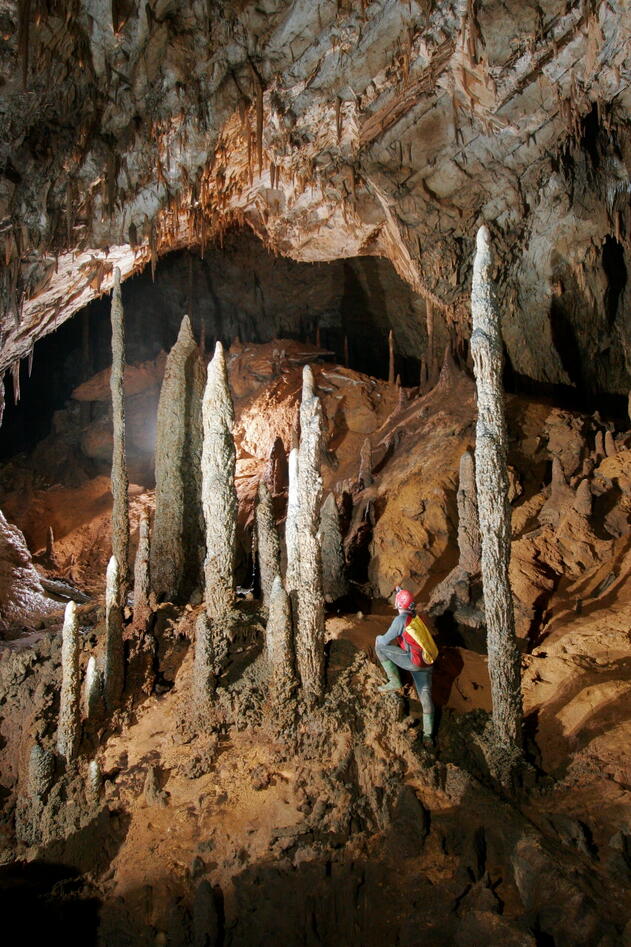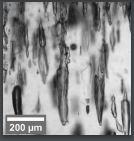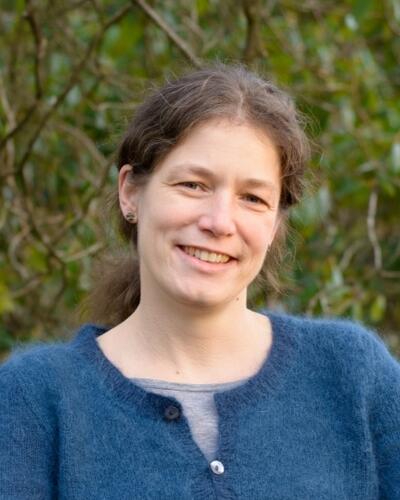Where do the tropics "sit" on the glacial climate see-saw?
Main content
Project description
Motivation (background):
Climate change in the tropics is among the most uncertain aspects of future climate change. Fortunately, geologic archives of past climate allow us to study how climate in these regions varied under large climatic changes in the past. Stalagmites are particularly valuable archives, as they can cover large time intervals and can be dated with U-series dating. We have recently established a new method to reconstruct temperatures from microscopic inclusions of ancient drip waters, preserved in the stalagmites. Temperatures are reconstructed by determining the density of this fluid inclusion water through observing its behavior during cooling and heating under a microscope. This method yields uniquely precise temperature estimates that greatly improve our understanding of past climate on land.
We are currently using this method on well-dated samples from Borneo in the tropical West Pacific, to find out how tropical temperatures behaved during different climate events in the past. For this master thesis, we propose to investigate a time period during the last glacial cycle that is characterized by large and rapid climate swings in the North Atlantic region, and opposite and smaller climate fluctuations around Antarctica (the so-called "see-saw" pattern, or Dansgaard-Oeschger cycles). We have little knowledge about tropical temperature changes during this time, especially on land where only few continuous archives are available.
Research question:
The proposed work will help answer the question whether and how much tropical land temperatures changed during the Dansgaard-Oeschger cycles, and if they did, whether they followed the "northern" or the "southern" pattern. Knowing these relationships will improve our general understanding of the connections between low and high latitude climate, particularly during times of rapid climate change.
Note that this is just one of many possible applications of this new method, and the precise focus of the master thesis can be discussed with the supervisors.
The master student will be part of a team working on applying and further developing the fluid inclusion method in the framework of the FluidMICS project, including international collaborators.
Proposed course plan during the master's degree (60 ECTS):
The following is a suggestion and can be discussed:
GEOV222 (10P)
GEOV241 (10P)
GEOV228 (10P)
GEOV300 (5P)
GEOV302 (10P)
GEOV331 (5P)
free choice (10P)
Prerequisites
The student should be comfortable with microscopy.
Field- lab- and analysis
The work will take place in the laboratory and consist of preparing and analyzing samples in the fluid inclusion laboratory at GEO, data correction and analysis, and comparison to existing climate records for the same time period (approximately 6 months in total).




